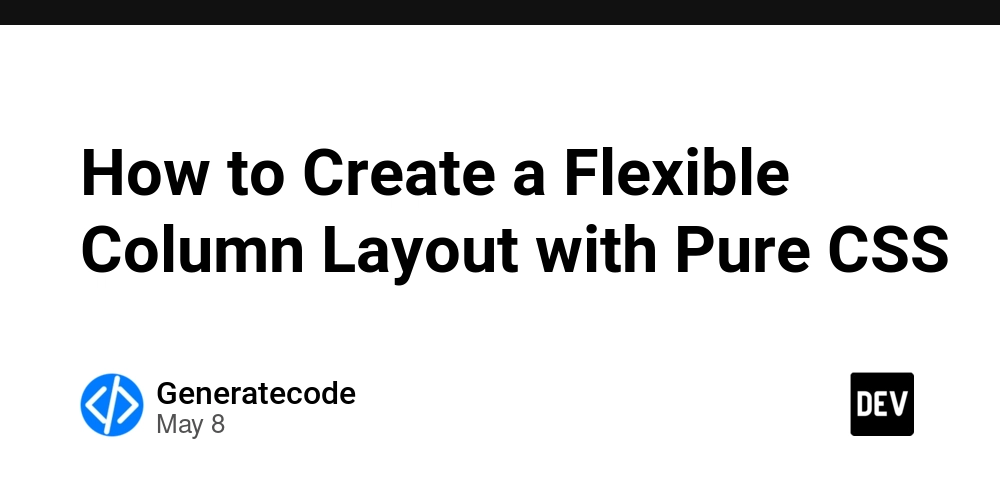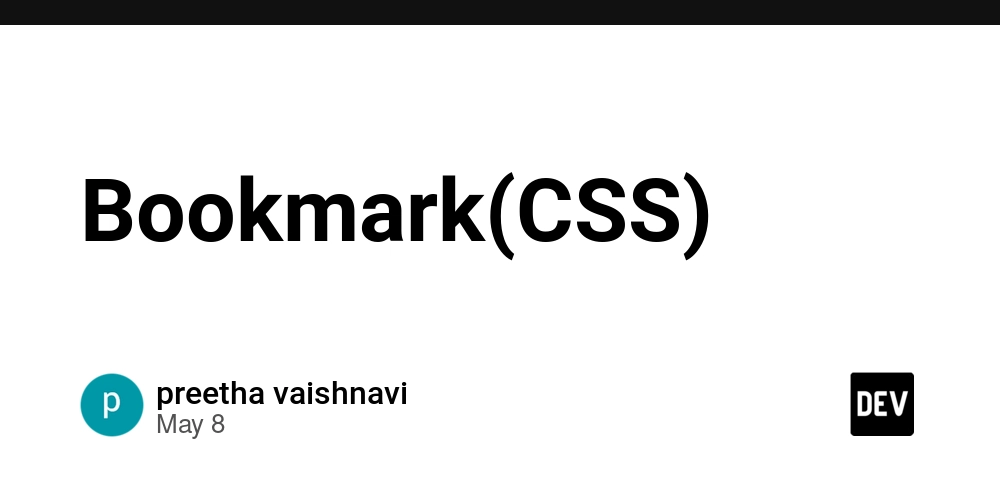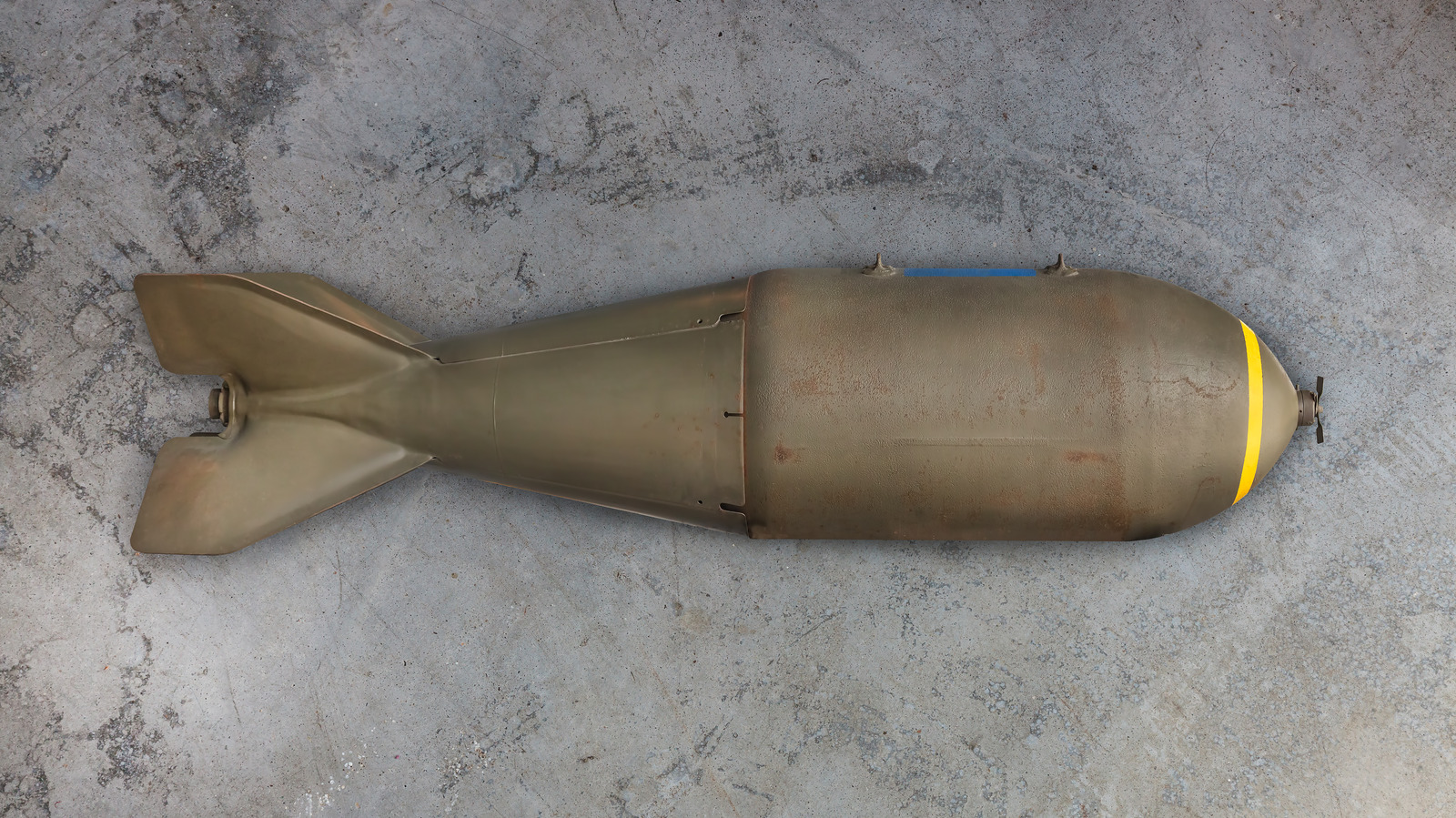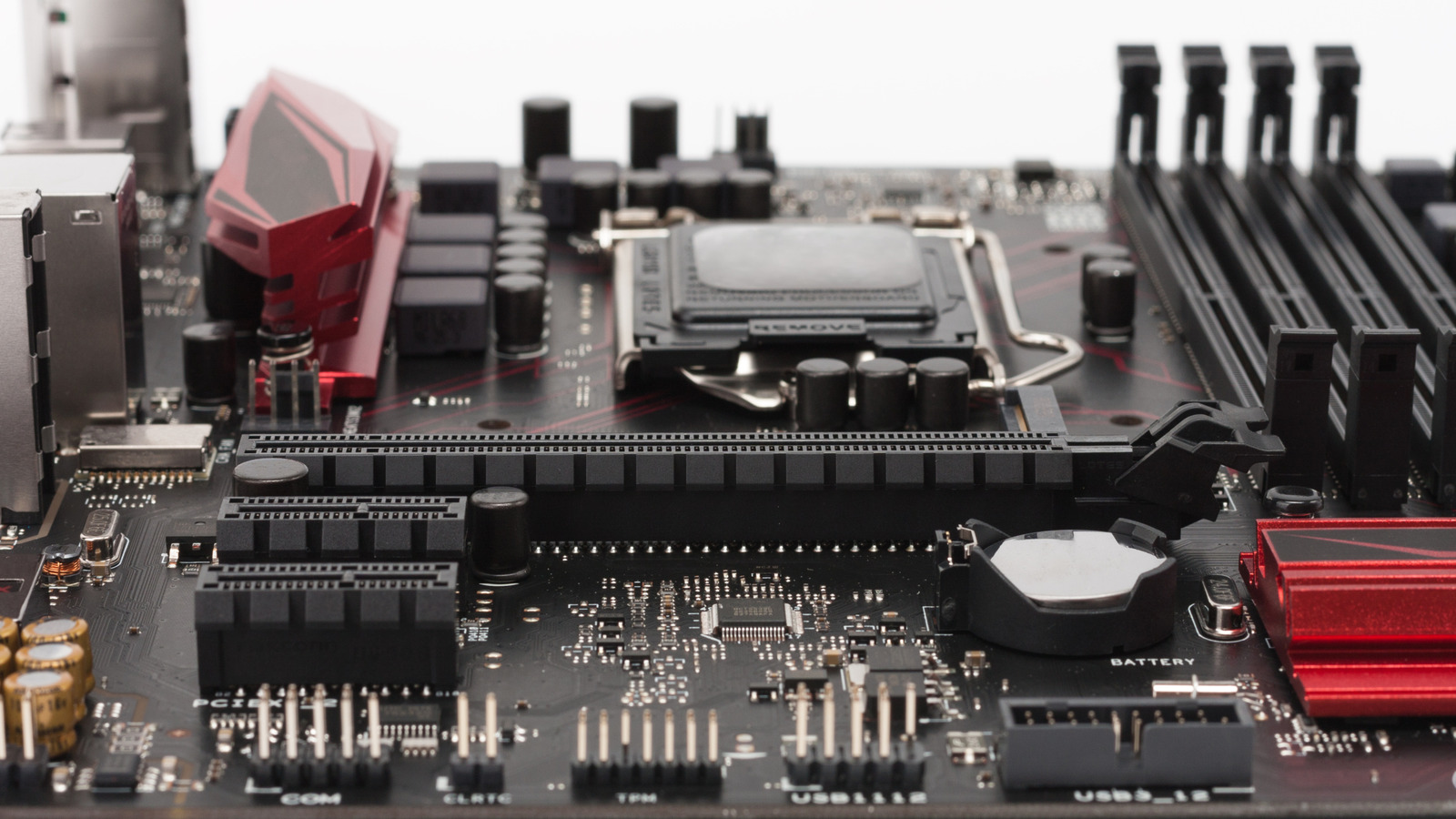How to Create a Flexible Column Layout with Pure CSS
Creating a web application that allows users to set up custom column layouts can elevate user experience and content presentation. In this article, we will learn how to implement a purely CSS approach to arrange elements in one, two, or three columns without dynamically grouping them in HTML. Understanding the CSS Grid Layout CSS Grid is a powerful layout system that allows us to create complex web layouts with ease. It enables us to define both rows and columns and provide control over how content is placed within the layout. This is particularly useful for our scenario where we want to create a flexible column layout for different sizes of elements. Why Use CSS Grid? One of the main advantages of using CSS Grid is its ability to handle different sizes of elements seamlessly. It also allows you to define grid areas and manage spacing without relying on complex HTML structures. It provides the capability to control the placement of child elements while minimizing the need for additional wrappers or divs. Creating the Column Layout Step 1: Basic HTML Structure We start with a simple HTML structure: Dynamic Column Layout Element 1 Element 2 Element 3 Element 4 Element 5 Element 6 Element 7 Element 8 Element 9 Step 2: CSS Styles Now we can style our layout using CSS Grid. Here’s how to do it with a responsive design that accommodates up to three columns based on the width of the container. body { font-family: Arial, sans-serif; } .grid-container { display: grid; grid-template-columns: repeat(auto-fit, minmax(200px, 1fr)); gap: 10px; padding: 10px; } .grid-item { background-color: #f0f0f0; border: 1px solid #ccc; padding: 10px; text-align: center; } Explanation of CSS Properties display: grid;: This property turns the container into a grid layout. grid-template-columns: This uses the auto-fit function and minmax to create responsive columns. Each column will be at least 200px wide and will expand to fill available space (1fr). gap: This property defines the space between grid items. Each grid item receives a background color, border, padding, and centered text for better visibility. Responsive Design With the provided CSS, as the viewport width changes, the number of columns will adjust automatically based on the available space. If the container width shrinks to less than 200 pixels, it will display one column, maintaining the proportionally efficient layout without overflow issues. Resize the browser window to see it in action! Adjusting Column Count Dynamically If you want to allow users to choose the number of columns dynamically (1, 2, or 3), you can introduce media queries to define specific styles at different breakpoints: @media (max-width: 600px) { .grid-container { grid-template-columns: 1fr; } } @media (min-width: 601px) and (max-width: 900px) { .grid-container { grid-template-columns: repeat(2, 1fr); } } @media (min-width: 901px) { .grid-container { grid-template-columns: repeat(3, 1fr); } } How It Works Single Column: On screens narrower than 600px, the layout displays as a single column. Two Columns: For screens between 601px and 900px, the layout adapts to two columns. Three Columns: For wider screens (over 901px), the layout maximizes to three columns. Frequently Asked Questions (FAQ) Can I use this layout for any element type? Yes, this CSS Grid layout works for any type of HTML element, whether images, text, or more complex content. Just ensure the elements are wrapped in the .grid-container div. Does this layout work on all browsers? CSS Grid is well-supported in modern browsers. However, for older browsers, consider providing fallbacks or using Flexbox. What if my elements have variable heights? CSS Grid handles variable heights well, placing each item accordingly without overflow or clipping issues. The gaps between elements will remain consistent. Conclusion Implementing a column-based grid using CSS offers an efficient, clean solution to creating dynamic web layouts. With just a few lines of CSS, you can have a fully responsive design that adjusts to content of varying sizes, avoiding the complexity of dynamic HTML modifications. By utilizing CSS Grid effectively, your web application can enhance user interaction and presentation seamlessly.

Creating a web application that allows users to set up custom column layouts can elevate user experience and content presentation. In this article, we will learn how to implement a purely CSS approach to arrange elements in one, two, or three columns without dynamically grouping them in HTML.
Understanding the CSS Grid Layout
CSS Grid is a powerful layout system that allows us to create complex web layouts with ease. It enables us to define both rows and columns and provide control over how content is placed within the layout. This is particularly useful for our scenario where we want to create a flexible column layout for different sizes of elements.
Why Use CSS Grid?
One of the main advantages of using CSS Grid is its ability to handle different sizes of elements seamlessly. It also allows you to define grid areas and manage spacing without relying on complex HTML structures. It provides the capability to control the placement of child elements while minimizing the need for additional wrappers or divs.
Creating the Column Layout
Step 1: Basic HTML Structure
We start with a simple HTML structure:
Dynamic Column Layout
Element 1
Element 2
Element 3
Element 4
Element 5
Element 6
Element 7
Element 8
Element 9
Step 2: CSS Styles
Now we can style our layout using CSS Grid. Here’s how to do it with a responsive design that accommodates up to three columns based on the width of the container.
body {
font-family: Arial, sans-serif;
}
.grid-container {
display: grid;
grid-template-columns: repeat(auto-fit, minmax(200px, 1fr));
gap: 10px;
padding: 10px;
}
.grid-item {
background-color: #f0f0f0;
border: 1px solid #ccc;
padding: 10px;
text-align: center;
}
Explanation of CSS Properties
-
display: grid;: This property turns the container into a grid layout. -
grid-template-columns: This uses theauto-fitfunction andminmaxto create responsive columns. Each column will be at least 200px wide and will expand to fill available space (1fr). -
gap: This property defines the space between grid items. - Each grid item receives a background color, border, padding, and centered text for better visibility.
Responsive Design
With the provided CSS, as the viewport width changes, the number of columns will adjust automatically based on the available space. If the container width shrinks to less than 200 pixels, it will display one column, maintaining the proportionally efficient layout without overflow issues. Resize the browser window to see it in action!
Adjusting Column Count Dynamically
If you want to allow users to choose the number of columns dynamically (1, 2, or 3), you can introduce media queries to define specific styles at different breakpoints:
@media (max-width: 600px) {
.grid-container {
grid-template-columns: 1fr;
}
}
@media (min-width: 601px) and (max-width: 900px) {
.grid-container {
grid-template-columns: repeat(2, 1fr);
}
}
@media (min-width: 901px) {
.grid-container {
grid-template-columns: repeat(3, 1fr);
}
}
How It Works
- Single Column: On screens narrower than 600px, the layout displays as a single column.
- Two Columns: For screens between 601px and 900px, the layout adapts to two columns.
- Three Columns: For wider screens (over 901px), the layout maximizes to three columns.
Frequently Asked Questions (FAQ)
Can I use this layout for any element type?
Yes, this CSS Grid layout works for any type of HTML element, whether images, text, or more complex content. Just ensure the elements are wrapped in the .grid-container div.
Does this layout work on all browsers?
CSS Grid is well-supported in modern browsers. However, for older browsers, consider providing fallbacks or using Flexbox.
What if my elements have variable heights?
CSS Grid handles variable heights well, placing each item accordingly without overflow or clipping issues. The gaps between elements will remain consistent.
Conclusion
Implementing a column-based grid using CSS offers an efficient, clean solution to creating dynamic web layouts. With just a few lines of CSS, you can have a fully responsive design that adjusts to content of varying sizes, avoiding the complexity of dynamic HTML modifications. By utilizing CSS Grid effectively, your web application can enhance user interaction and presentation seamlessly.








































































































































































![[The AI Show Episode 146]: Rise of “AI-First” Companies, AI Job Disruption, GPT-4o Update Gets Rolled Back, How Big Consulting Firms Use AI, and Meta AI App](https://www.marketingaiinstitute.com/hubfs/ep%20146%20cover.png)


























































































































![[DEALS] The Premium Python Programming PCEP Certification Prep Bundle (67% off) & Other Deals Up To 98% Off – Offers End Soon!](https://www.javacodegeeks.com/wp-content/uploads/2012/12/jcg-logo.jpg)














































































































-Mafia-The-Old-Country---The-Initiation-Trailer-00-00-54.png?width=1920&height=1920&fit=bounds&quality=70&format=jpg&auto=webp#)
-Nintendo-Switch-2---Reveal-Trailer-00-01-52.png?width=1920&height=1920&fit=bounds&quality=70&format=jpg&auto=webp#)























_Sergey_Tarasov_Alamy.jpg?width=1280&auto=webp&quality=80&disable=upscale#)





























































































![Instacart’s new Fizz alcohol delivery app is aimed at Gen Z [U]](https://i0.wp.com/9to5mac.com/wp-content/uploads/sites/6/2025/05/Instacarts-new-Fizz-alcohol-delivery-app-is-aimed-at-Gen-Z.jpg?resize=1200%2C628&quality=82&strip=all&ssl=1)




















![Beats Studio Pro Wireless Headphones Now Just $169.95 - Save 51%! [Deal]](https://www.iclarified.com/images/news/97258/97258/97258-640.jpg)































































































